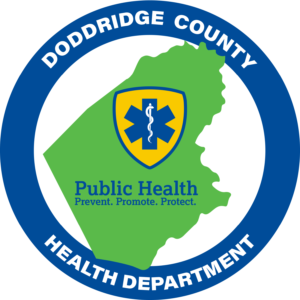28% of West Virginia Homes Have High Levels of Cancer-Causing Radon Gas
28% of West Virginia Homes Have High Levels of Cancer-Causing Radon Gas
An American Lung Association report says that high levels of radon have been detected in 28.5% of West Virginia homes. Radon is the second leading cause of lung cancer and the “State of Lung Cancer” report reveals that it is detected at high levels in 28.5% of home in West Virginia. During January for National Radon Action Month, the American Lung Association in West Virginia urges everyone to help save lives by testing their home for radon and mitigating if high levels are detected.
Radon is a naturally occurring radioactive gas emitted from the ground. Radon is odorless, tasteless and colorless, and can enter a home through cracks in floors, basement walls, foundations and other openings. Radon can be present at high levels inside homes, schools and other buildings. Nationally, it is responsible for an estimated 21,000 lung cancer deaths every year and is the leading cause of lung cancer in people who have never smoked.
In West Virginia, in 28.5% of radon test results equal or exceed the Environmental Protection Agency (EPA) action level 4 pCi/L (picoCuries per liter of air), according to the Lung Association’s “State of Lung Cancer” report.
After high levels are detected, a radon professional should install a radon mitigation system, which is easy and relatively affordable. A typical mitigation system consists of a vent pipe, fan and properly sealing cracks and other openings. This system collets radon gas from underneath the foundation and vents it to the outside.
Testing for radon is the only way to know if the air in your home is safe. The good news is that it is easy to test. Do-it-yourself kits are simple to use and free in West Virginia.

